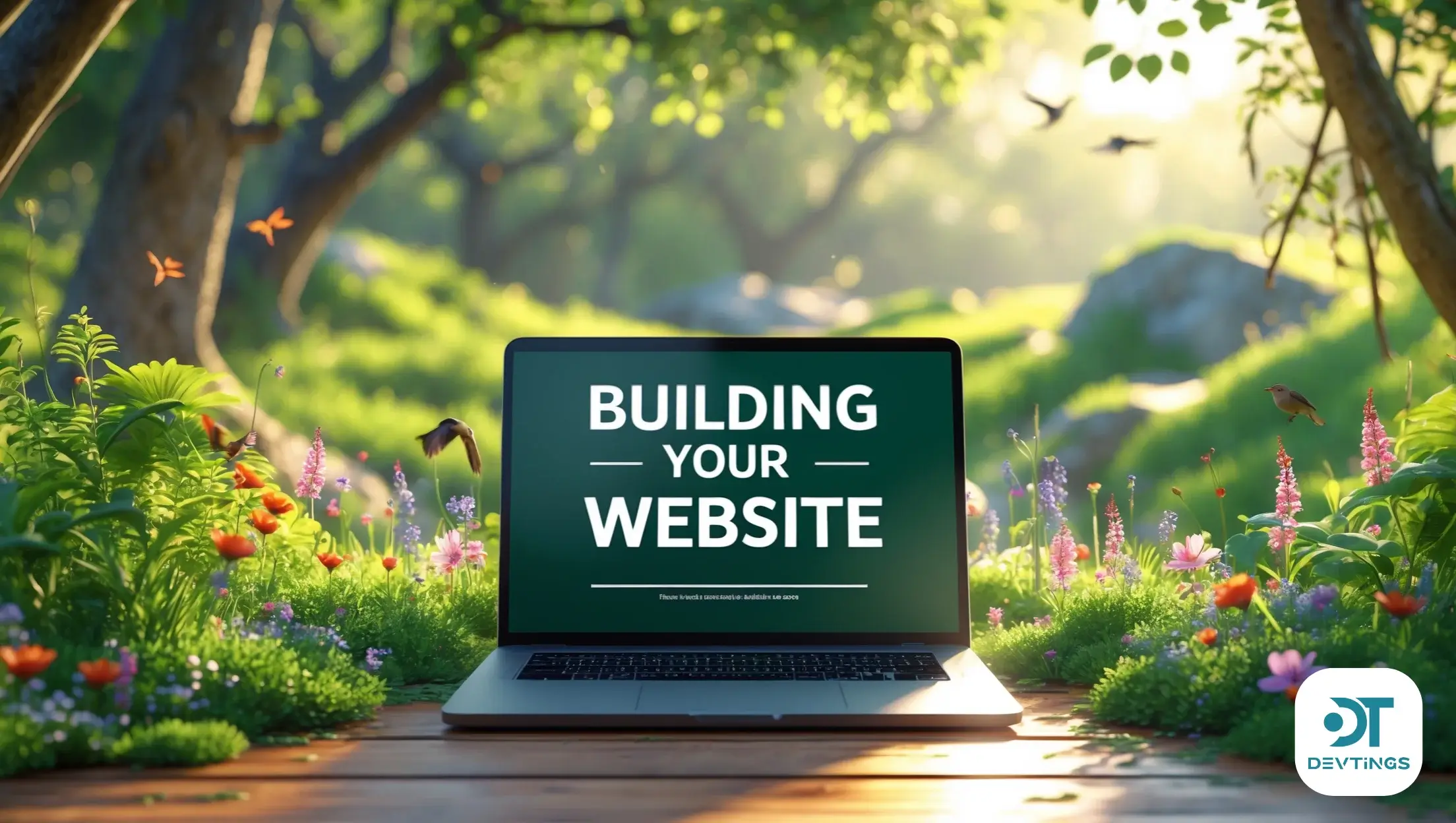Step-by-Step Guide to Building Your First Website
Jumping into building your first website is a pretty exciting milestone in getting your online presence happening. Creating a website, whether it’s a personal blog, portfolio, or business platform is easier now than ever before. An overview of how a beginner can use a strategic approach and the right tools to design a professional site that fulfils their requirements.
Understanding the Basics of Websites
What is a Website?
A website consists of linked digital pages located on a server that can be accessed through the internet. Websites include many things like sharing information, selling products, connect communities, etc.
Types of Websites
Before you begin, determine the type of website you need. Common categories include:
- Blogs: Ideal for sharing opinions, tutorials, or news.
- Business Websites: A professional space for showcasing products or services.
- Portfolio Websites: Perfect for displaying creative or professional work.
- E-Commerce Websites: For selling products and services online.

Key Elements of a Website
Regardless of type, most websites share essential components:
- Homepage: Acts as the virtual front door.
- Content Pages: Where detailed information resides.
- Navigation Menu: Guides visitors through your site.
- Footer: Provides supplemental links and information.
Setting Clear Goals for Your Website
Define Your Purpose
Do you want your website to do something? Maybe your purpose is to attract new clients or to share your creative projects… Goals should be clear and they will guide the web site design and functionality.
Identifying Your Audience
Understanding your target audience is critical. Ask questions like:
- Who will visit your website?
- What problems are they trying to solve?
- What content would engage them most?
Setting Measurable Goals
Make your goals specific and trackable. Examples include:
- Increase traffic by 20% in six months.
- Convert 10 leads per week from contact forms.
Choosing the Right Platform
Overview of Website Builders
Again, there are a few website builders you can take advantage of like WordPress, Wix and Squarespace to build websites without actually knowing how to code.
Pros and Cons of CMS
- WordPress: Highly customizable, requires more technical knowledge.
- Wix: User-friendly drag-and-drop interface but limited scalability.
- Squarespace: Beautiful templates but fewer integrations.
How to Choose the Right Fit
For starters, take your budget, your technical skills and your website goals into consideration. If you are running a blog, WordPress may be the right option while Wix is perfect for small businesses who want to get a website up and running fast.
Getting a Domain Name and Hosting
What is a Domain Name?
Your website address is called a domain name (www.yourwebsite.com). Pick a name that is not long, easy to remember, and most of all it has to do with your site’s purpose.
How to Choose the Right Domain
- Use keywords related to your niche.
- Avoid hyphens and numbers.
- Check for availability using domain registration platforms.
Hosting Basics Explained
Your website’s files are stored and made accessible online by hosting providers. Common hosting types include:
- Shared Hosting: Affordable, but slower speeds.
- VPS Hosting: Offers dedicated resources for growing websites.
- Dedicated Hosting: Best for large-scale, high-traffic sites.
Designing Your Website Layout
Importance of Layout Design
A design with a clean, intuitive layout ensures we have a positive user experience. What they need must be quick and easily accessible to the users.
User Experience (UX) Principles
- Ensure consistent navigation.
- Prioritize mobile responsiveness.
- Minimize clutter for faster load times.
Popular Layout Ideas
Pick layouts for the sake of your goals. For example, a blog will prefer a chronological structure, whereas an e-commerce site will require a strong product display.
Creating Engaging Content
It’s a fact that any site depends on its content. Think about clear, concise and useful content for your audience.
FAQs
- How much does it cost to build a website?
Costs vary based on tools and hosting. Budget options start at $50–$100 annually, while professional websites can cost thousands. - Do I need coding knowledge to build a website?
No, platforms like Wix and WordPress offer tools that don’t require coding. - How long does it take to create a website?
A simple website can be completed in a few hours, while complex sites may take weeks. - Can I switch platforms after building my website?
Switching platforms can be challenging and may require rebuilding content. - Is SEO important for my first website?
Yes, SEO ensures your website ranks on search engines, increasing visibility. - What tools are essential for building a website?
Key tools include website builders, domain registration services, hosting, and SEO plugins.
Conclusion
Creating your first website doesn’t have to be scary. With some basic knowledge, clear goals, and right tool, anyone can make a functioning website that is both appealing. Let’s start with your first step today—your online journey is ready!
Contact us today for professional assistance and guidance to develop your own website, if you are looking forward to build any of the website.










